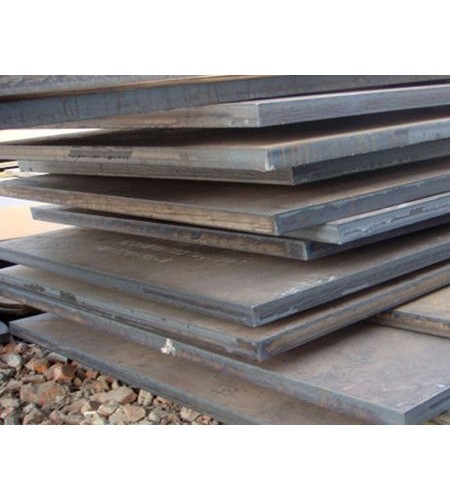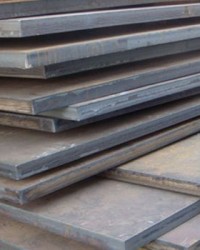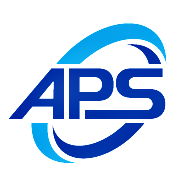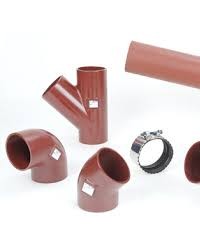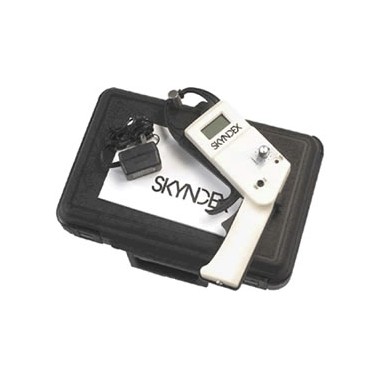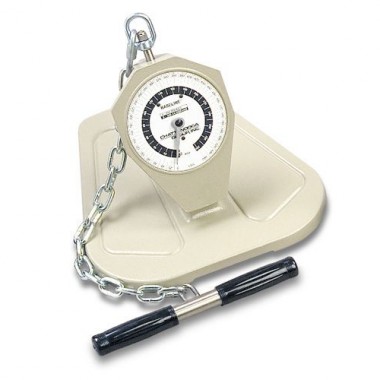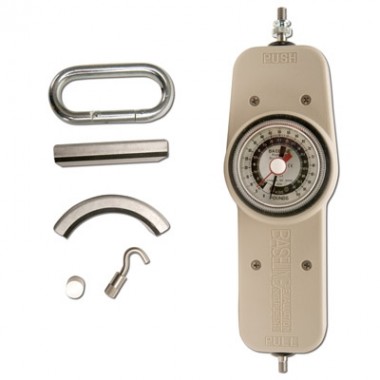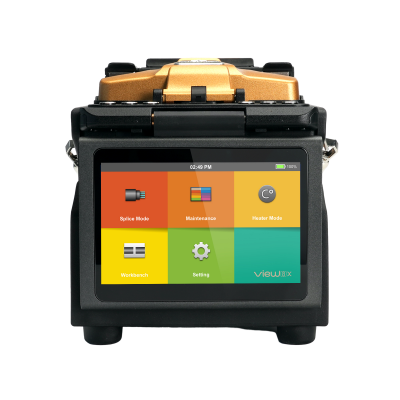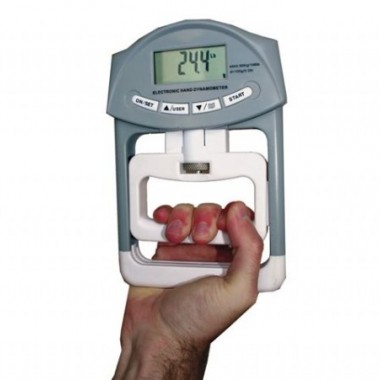PLAT CORTEN JIS G3125
COR-TEN” is a US Steel trade name for ASTM A588. Corrosion Resistant Steel (often written without the hyphen as Corten) is a weather resistant steel grade which could more accurately be termed as an “Atmospheric Corrosion Resistant Steel”.
The original COR-TEN received the standard designation A 242 (“COR-TEN A”) from the ASTM International standards group. Newer ASTM grades are A 588 (“COR-TEN B”) and A 606 for thin sheet. All alloys are in common production and use.
Characteristic
Corten steel is a copper chromium alloy steel – this alloy displays a greater level of resistance to atmospheric weathering when compared to other unalloyed steels. Corten steel which were developed to eliminate the need for painting, and form a stable rust-like appearance if exposed to the weather for several years. It’s chemical composition promotes the early formation of an adhering protective layer of rust when exposed to the elements.
Availability
Plates & Sheet
Thickness 6 – 12mm
Size: 4 x 8 Feet.
Equivalents
SPA-H JIS G3125, ASTM A242 (COR-TEN A), ASTM A588 (COR-TEN B), S355J2WP+N, S355J2W+N, S355JOWP, S355JOW, S355J2W, 1.8946, 1.8965, SAILCOR IRSM41-97
Chemical Composition (%)
| Grade |
C |
Si |
Mn |
P |
S |
Cr |
Cu |
V |
Ni |
| Corten A |
0.12 |
0.25-0.75 |
0.20-0.50 |
0.07-0.15 |
0.030 |
0.50-1.25 |
0.25-0.55 |
– |
0.65 |
| SPA-H |
0.12 |
0.20-0.75 |
0.60 |
0.07-0.15 |
0.035 |
0.30-1.25 |
0.25-0.50 |
– |
0.65 |
Mechanical Properties
At room temperature for plates ?3mm in thickness (transverse test specimans, according to EN 10002). Requirements to hot rolled plates ?3mm in thickness according to EN 10025-5.
| Grade |
Minimumyield point (ReH Mpa *) |
Tensile strengthRm MPa |
Minimumelongation A(Lo=5.65 ?So) % |
| Corten A |
355 |
470-630 |
20 |
| SPA-H |
355 |
490 |
22 |
| |
|
|
|
*) 1 Mpa = 1N/mm2
No impact test is performed on products below 6mm in thickness.
Forming
The conditions for hot forming are in accordance with those stated in EN 10025-5. For cold forming the statements according to table 6 of EN 10025-5 are valid. If the mechanical properties have undergone changes due to cold forming, the properties indicated in the table can be substantially restores by stress relieving – at least 30 minutes at 530°C – 580°C. For higher degrees of cold forming subsequent normalising is recommended.
Flame Cutting
COR-TEN is suitable for flame cutting provided proper operating methods are used. At temperatures below 5°C a sufficiently wide zone on either side of the intended cut should be preheated. If flame cut edges are to undergo cold forming, the hardening effect should be prevented by preheating – as in the case of S355J2 or the hardened zones must be worked off e.g. by appropriate grinding.
Welding
COR-TEN can be welded both manually and mechanically, provided the general rules of welding practices are observed. A prerequisite for obtaining identical mechanical properties in the weld and in the base material is the application of suitable welding consumables and the choice of appropraite welding conditions. To consider are EN 10025-5 – Technical delivery conditions for structural steels with improved atmospheric corrosion resistance
Recommendations
for welding are also given in EN 1011 part 1 and part 2 – Welding, Recommendations for welding of metallic materials-.
Lime basic electrodes, inert-gas welding wire, and wire/power combinations equivalent to the tensile strength of S355 are used as welding consumables
For unprotected use care must be taken that the welded joint is also weather resistant. This is possible by using welding consumables matching the base material.
If due to design or building specification stress relieving is required, it should be performed in the range temperature from about 530°C to 580°C.
Bolting and Riveting
Joining elements such as bolts, rivets and their accessories (nuts and washers) must be so selected that the formation of local electro-chemical cells are avoided. The joining elements should preferably consist of weathering steel.
At these joints capillary action can lead to permanent moisture resulting in increased corrosion. Critical zones should therefore be protected by painting, sealing or other protective measures.
In the case of high-strength connections (HV) the conditions for non-weathering structural steels as given in DIN 18800 part 1 apply.
Applications
The steel is used for various types of welded, bolted and riveted constructions e.g. steel frame structures, bridges, tanks and containers, exhaust systems, vehicles and equipment constructions.

